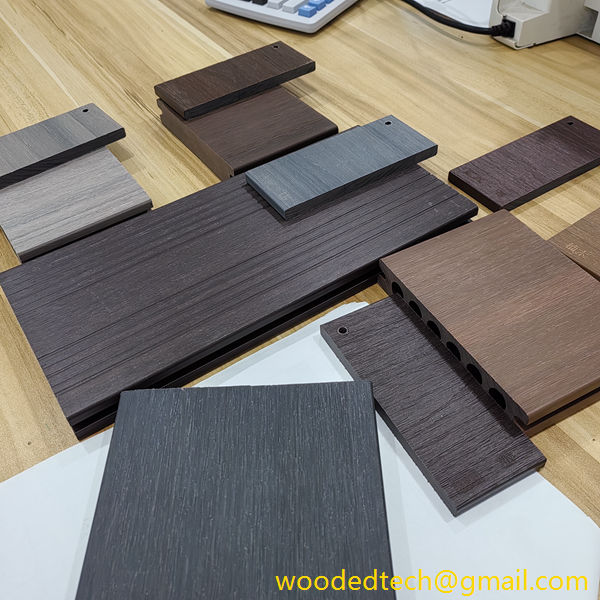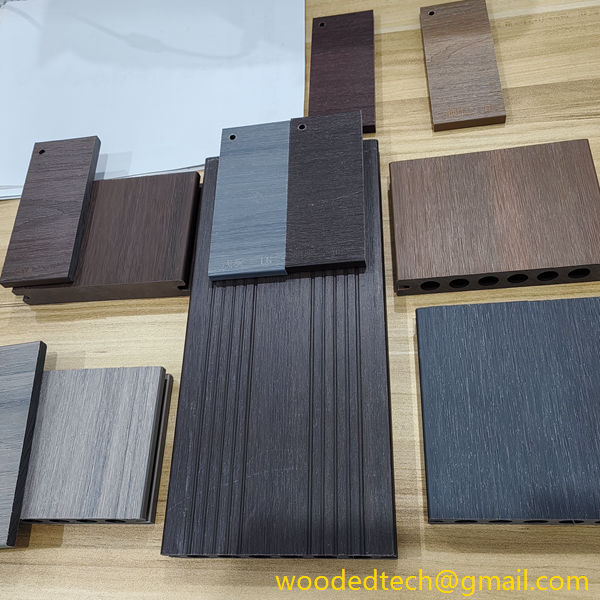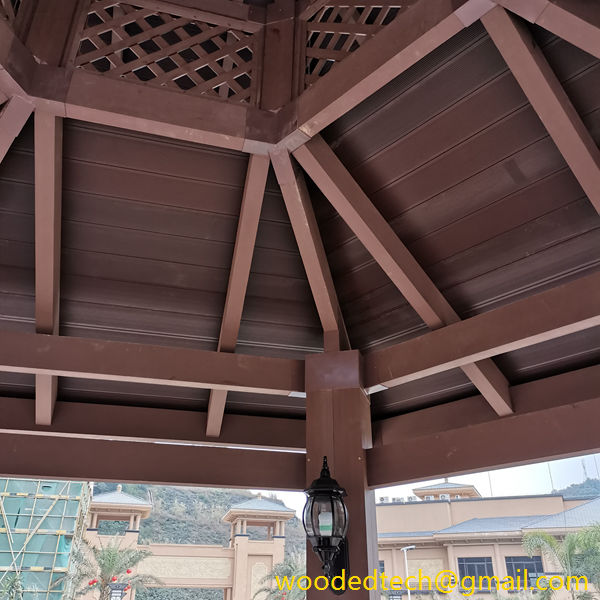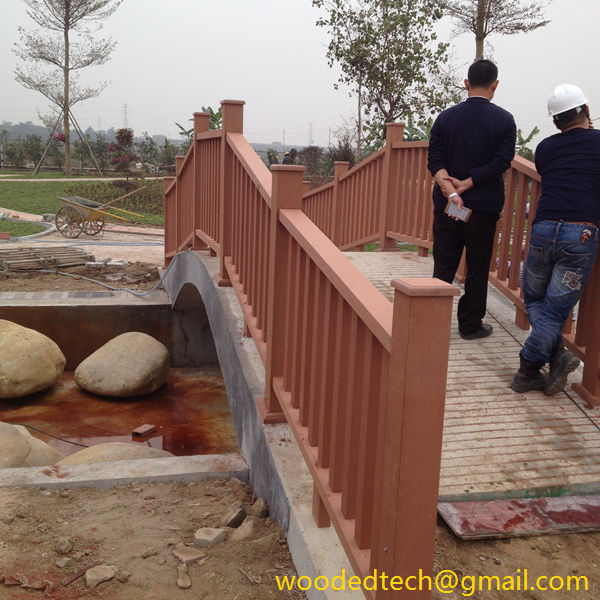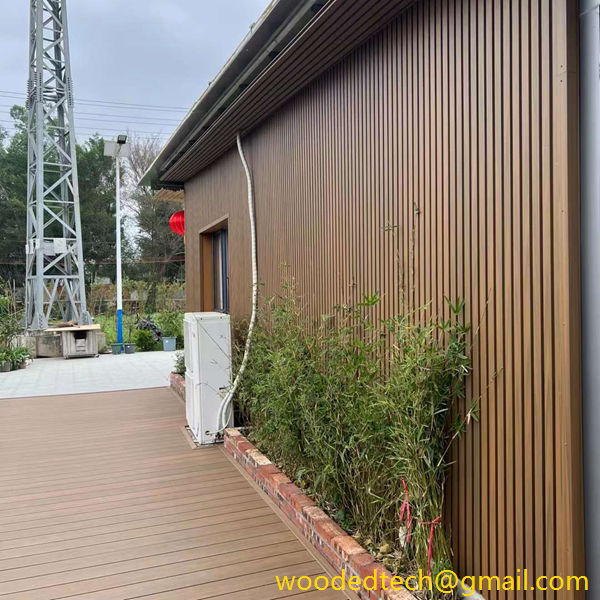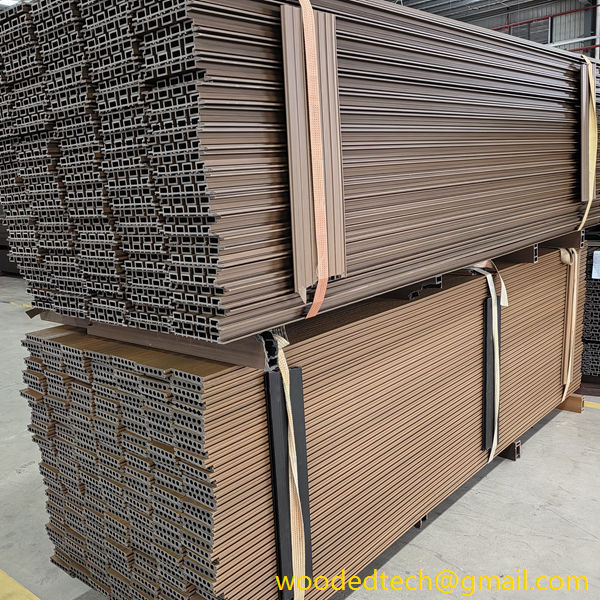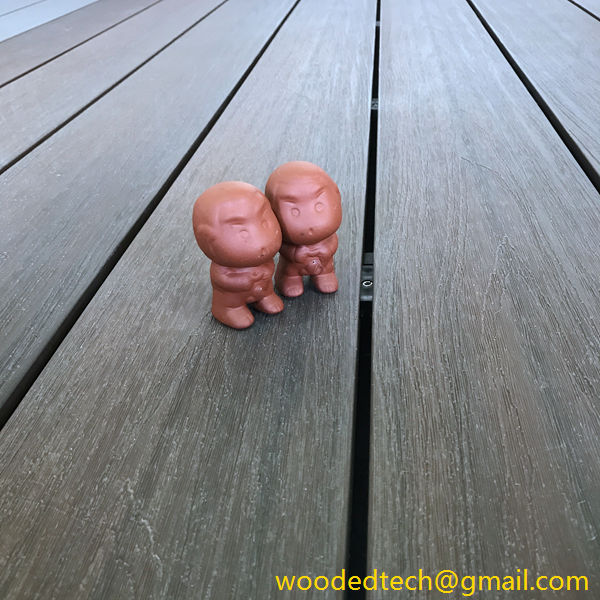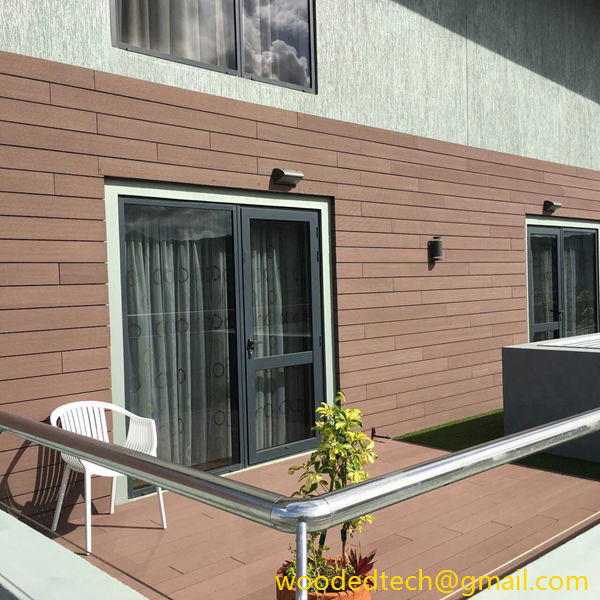Understanding Price WPC Decking for Budgeting Your Project
Understanding Price WPC Decking for Budgeting Your Project When embarking on a decking project, one of the most crucial aspects to consider is the material’s cost. Among the various options available, Wood Plastic Composite (WPC) decking has gained significant popularity in recent years. Understanding the pricing of WPC decking can help you budget effectively for…
Understanding Price WPC Decking for Budgeting Your Project
When embarking on a decking project, one of the most crucial aspects to consider is the material’s cost. Among the various options available, Wood Plastic Composite (WPC) decking has gained significant popularity in recent years. Understanding the pricing of WPC decking can help you budget effectively for your project and make informed decisions about the materials you choose. This article aims to delve into the factors that influence the price of WPC decking and provide insights into how you can navigate your budget accordingly.
WPC decking is composed of a blend of wood fibers and plastic, offering a unique combination of the aesthetics of wood and the durability of synthetic materials. This innovative material presents several advantages, such as resistance to rot, splintering, and insect damage, making it an attractive option for many homeowners and builders. However, the cost of WPC decking can vary widely based on several factors.
One of the primary factors influencing the price of WPC decking is the quality of the material itself. Higher-quality WPC products are typically made from a more refined blend of wood fibers and plastic, resulting in a more durable and visually appealing deck. These premium products often come with extended warranties and superior performance characteristics, which can justify their higher price points. Conversely, lower-quality options may be more affordable, but they may not provide the same longevity or aesthetic appeal, potentially leading to increased maintenance costs down the line.
Another critical aspect to consider is the brand and manufacturer of the WPC decking. Different brands offer various features, colors, and finishes, impacting the overall cost. Established brands with a reputation for quality may charge more for their products, while lesser-known manufacturers might offer lower prices in an attempt to gain market share. It’s essential to research different brands and compare their offerings to ensure you are getting the best value for your investment.
The dimensions and design of the decking can also influence its price. Standard board sizes are generally more affordable than custom sizes or unique designs. If you are considering intricate patterns or custom shapes, be prepared for a higher price tag. Additionally, larger projects may benefit from bulk purchasing discounts, so it’s worth discussing your project plans with suppliers to see if you can negotiate better pricing for larger orders.
Installation costs represent another significant aspect of your overall budget. While some homeowners may choose to tackle the installation themselves, hiring a professional contractor can provide a higher quality finish and reduce the risk of errors. The complexity of the installation will affect the labor costs; for example, if your project involves a multi-level deck or requires special features like built-in seating or lighting, you may incur additional costs. Always obtain multiple quotes from contractors to ensure you are getting a fair price for the installation of your WPC decking.
Maintenance considerations should also factor into your budgeting process. While WPC decking typically requires less maintenance than traditional wood, it is not entirely maintenance-free. Depending on the specific product, you may need to invest in occasional cleaning or protective treatments to maintain its appearance and longevity. Factor these potential costs into your overall budget to avoid any surprises down the line.
In addition to the direct costs associated with purchasing and installing WPC decking, it’s essential to consider any additional features or enhancements you may want to include in your project. Items such as railings, lighting, and built-in furniture can significantly add to the overall cost but can also enhance the functionality and aesthetic appeal of your outdoor space. Be sure to weigh the benefits of these additional features against your budget constraints.
When budgeting for your WPC decking project, it is also wise to account for any unforeseen expenses. There may be hidden costs associated with site preparation, such as removing old decking or leveling the ground before installation. It’s prudent to set aside a contingency fund, typically around ten to fifteen percent of your total budget, to cover any unexpected expenses that may arise during the project.
In conclusion, understanding the pricing of WPC decking is key to budgeting effectively for your decking project. By considering factors such as material quality, brand reputation, board dimensions, installation complexity, maintenance requirements, and additional features, you can make informed choices that align with your financial goals. The versatility and durability of WPC decking make it a worthy investment, but thorough planning and research will ensure that you get the best value for your money. By taking the time to assess your options and plan your budget carefully, you will be well on your way to creating an outdoor space that meets your needs and enhances your home’s value.

